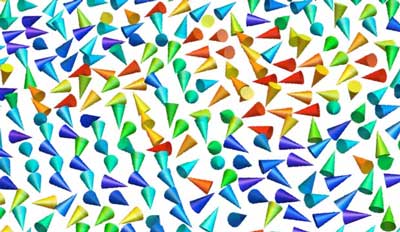
Thursday, February 14, 2019
Shaping light lets 2D microscopes capture 4D data
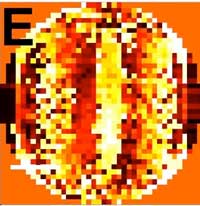
3D printed nanomaterial shows different transparencies and colors (w/video)
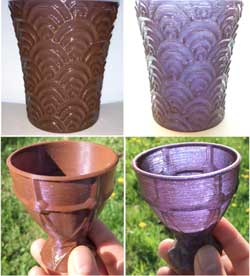
Better red than dread: Barrier keeps batteries safe
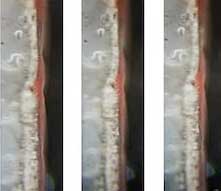
Scientists develop direct-write quantum calligraphy in monolayer semiconductors
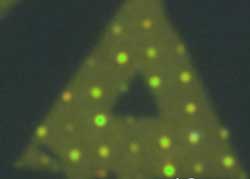
Tracking pollen with quantum dots
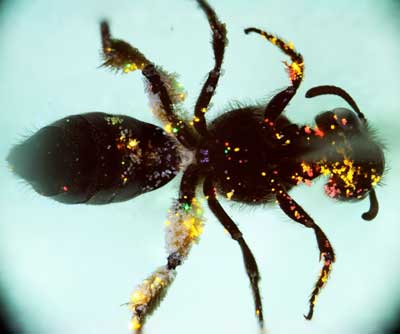
Platinum nanoparticles for selective treatment of liver cancer cells
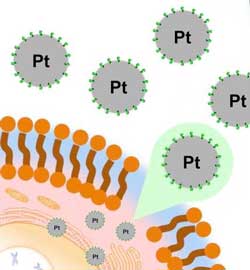
First-of-their-kind 3D experiments shed new light on shape memory alloys
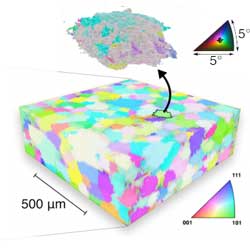
Putting photons in jail
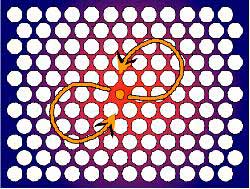
Newly discovered design rules lead to better fuel cell catalyst
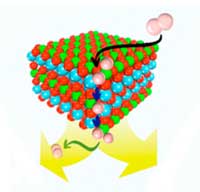
Taking diamond qubits for a spin
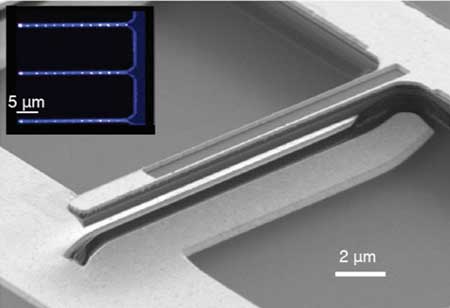
High-speed surveillance in solar cells catches recombination red-handed
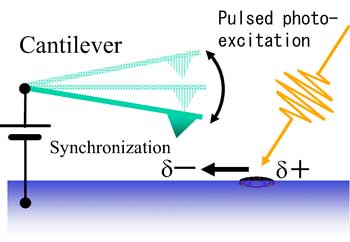
Chemical data mining boosts search for new organic semiconductors
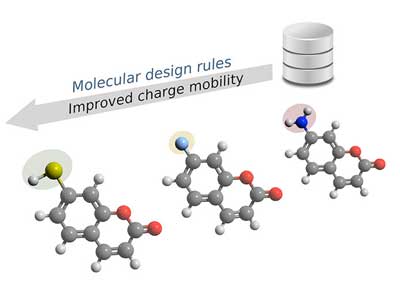
Subscribe to:
Comments (Atom)
